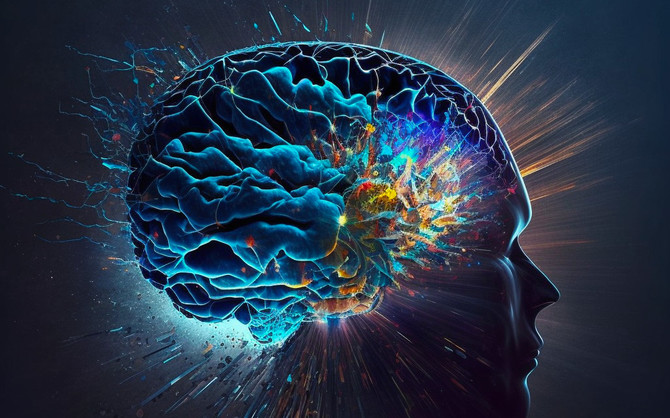The technology related to AI algorithms is developing at such an amazing pace that we can already witness many amazing things. Usually, when someone mentions the ability to interpret our brain’s signals and then convert them into images, it was a science fiction movie. Right now, that opportunity is literally at your fingertips, and the first projects are showing off their footprints.
Japanese researchers managed to do the almost impossible. We are already able to generate images from our thoughts. All this with a little help from the AI.
Neuralink is still not intended for humans. The US Food and Drug Administration denied the application for admission to clinical trials
Who among us did not think in our youth that one day it would be possible to read our thoughts in such a way that others could see them. It was then just a song from the far future, or rather a spooky fantasy. Just a few years ago, no one would have taken that into account. However, a small revolution has taken place, which seems to be developing very dynamically. Thanks to tools that use AI algorithms, such as Midjourney or Stable Diffusion, we can generate images from descriptions. It is the second of these who will be the hero of this news. The researchers mentioned at the beginning are Assistant Professor Yu Takagi and Professor Shinji Nishimoto of Osaka University. They found a way to convert brain activity into high-quality images.
trinamiX introduces an innovative under-display sensor that detects real skin. You can’t fool him with just a picture
Visual reconstruction of the images that come from our minds can help us understand more about how we function. It will now be easy to understand the whole mechanism of interpretation of the world by our visual organs and its subsequent processing by our brain. The method that can be achieved to “clear” our thoughts is based on the use of functional magnetic resonance imaging (fMRI). Then, with the help of generative LDM (latent diffusion model), the results are processed until the final image is obtained. The LDM model, unlike DM, is more efficient. It is used to generate data that will be similar to what was trained. Its working method is to destroy it and then gradually add Gaussian noise. Then it learns to recreate this data by reversing the whole process. In this case, the stable diffusion image generation model was used. The effects we can see are really amazing. Although this technology still needs to be improved, what has been achieved is undoubtedly a huge step forward.
Source: Vice

Echo Richards embodies a personality that is a delightful contradiction: a humble musicaholic who never brags about her expansive knowledge of both classic and contemporary tunes. Infuriatingly modest, one would never know from a mere conversation how deeply entrenched she is in the world of music. This passion seamlessly translates into her problem-solving skills, with Echo often drawing inspiration from melodies and rhythms. A voracious reader, she dives deep into literature, using stories to influence her own hardcore writing. Her spirited advocacy for alcohol isn’t about mere indulgence, but about celebrating life’s poignant moments.



![We are already able to read high-resolution images of our brain activity. Another milestone has been achieved [2]](https://www.purepc.pl/image/news/2023/03/04_jestesmy_juz_w_stanie_odczytywac_obrazy_wysokiej_rozdzielczosci_z_aktywnosci_naszego_mozgu_kolejny_kamien_milowy_osiagniety_3.jpg)
![We are already able to read high-resolution images of our brain activity. Another milestone has been achieved [3]](https://www.purepc.pl/image/news/2023/03/04_jestesmy_juz_w_stanie_odczytywac_obrazy_wysokiej_rozdzielczosci_z_aktywnosci_naszego_mozgu_kolejny_kamien_milowy_osiagniety_4.jpg)
![We are already able to read high-resolution images of our brain activity. Another milestone has been achieved [4]](https://www.purepc.pl/image/news/2023/03/04_jestesmy_juz_w_stanie_odczytywac_obrazy_wysokiej_rozdzielczosci_z_aktywnosci_naszego_mozgu_kolejny_kamien_milowy_osiagniety_2.jpg)
![We are already able to read high-resolution images of our brain activity. Another milestone has been achieved [5]](https://www.purepc.pl/image/news/2023/03/04_jestesmy_juz_w_stanie_odczytywac_obrazy_wysokiej_rozdzielczosci_z_aktywnosci_naszego_mozgu_kolejny_kamien_milowy_osiagniety_1.jpg)




